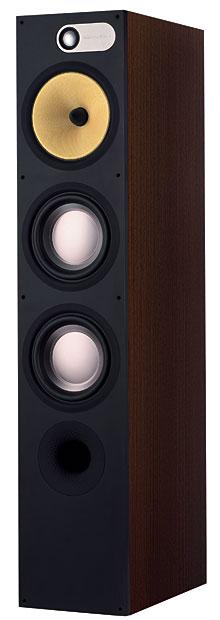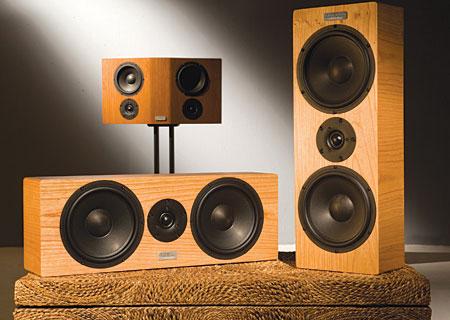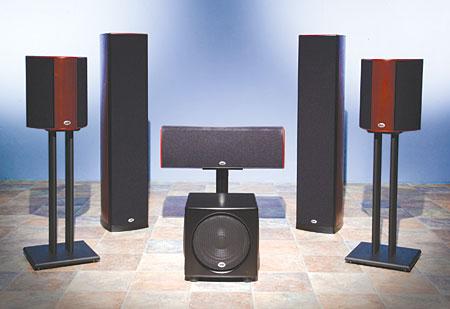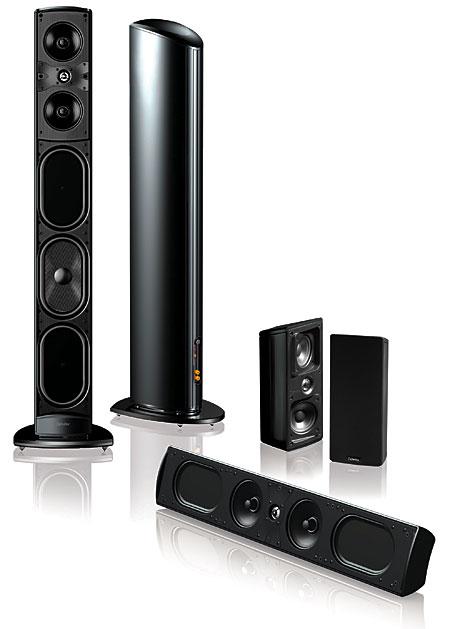|
Apr 21, 2008 |
|
Feb 11, 2008 |
|
Feb 04, 2008 |
First Published: Jan 04, 2008 |
|
Dec 20, 2007 |
|
Jan 18, 2008 |
First Published: Dec 18, 2007 |
|
Jan 18, 2008 |
First Published: Dec 18, 2007 |
|
Dec 10, 2007 |
|
Dec 10, 2007 |


















